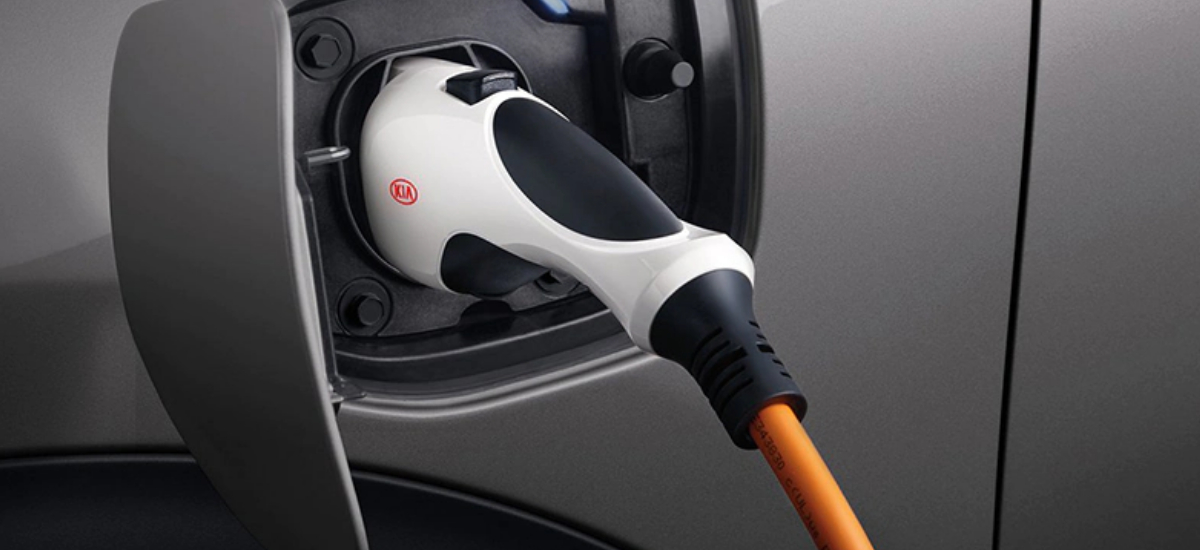
 Your Credit Estimate
Your Credit Estimate
 Your Credit
Your Credit
Your zip code helps us provide you with the most accurate vehicle pricing and vehicle availability.
We estimate your credit score to give you an idea of your monthly payments. To get an accurate payment amount, complete our credit application by clicking the Start Credit Application button below.
start credit application
At the beginning of the year, we asked if automakers took too big of a risk to go electric. Every major automaker or automotive group has a new business strategy or plan to release more battery-electric vehicles (BEVs) and plug-in hybrid electric vehicles (PHEVs) into their lineups, but it may blow up in their face. If anything, it seems like plug-in hybrid vehicles will manage to survive, with many consumers learning towards plug-in hybrids versus BEVs. Now, it may be too late for some automakers to go electric according to a global McKinsey & Co. consumer survey. Results say that four-out-of-ten consumers aren’t happy with their BEV purchases and will be going back to an internal combustion engine vehicle for their next new car purchase.
Ouch. Just when materials to make BEV batteries became cheaper for automakers to buy up. The more affordable it is to make a BEV, the more affordable they will be to purchase when put on the market. It’s like the saying, “We pass those savings onto you” – except 40 percent of the consumer population is backtracking on the BEV craze. The McKinsey & Co. consumer survey surveyed more than 30,000 consumers in 15 countries, making up 80 percent of the global sales in the world. According to that survey, 21 percent of global consumers have no intention of going electric. Like usual, the main concern is finding charging stations. 33 percent of that 21 percent cited that they were wary of buying a BEV because finding a charging station can be hard to find.
As we mentioned earlier, consumers are more likely to buy a plug-in hybrid before going all-electric. 38 percent of the consumers surveyed who didn’t already own a BEV said they would be more likely to purchase a PHEV as their next vehicle, with some of them also considering a BEV. So, there is some hope for electric vehicles, but it’s slim, with only nine percent of the respondents of the global survey citing that the amount of public-charging stations was sufficient for their needs. The way things are now, both public and private stations are difficult to find, usually hidden behind a Walmart or squared away in a parking lot.
When it comes right down to it, the inadequacy of the public charging infrastructure is going to keep pushing back on BEVs until consumers can recharge as easily as filling the tank. Gas station options are displayed on road signs on highways, interstate exits, and some city streets. BEV chargers remain far from public view or can be hard to get to. Sure, there are plenty of mobile and vehicle apps popping up that can help a consumer find a charging station and know if it’s available, but it’s not enough.
That’s where IONNA comes in. The IONNA North America BEV Charging Network is a joint venture between seven of the world’s largest automakers: BMW, General Motors, Honda, Hyundai, Kia, Mercedes-Benz, and Stellantis. These automakers have banded together to change the public charging infrastructure with the intent to install 30,000 BEV chargers by this summer (2024) across the country. Operations have already begun, but believe it or not, 30,000 is just a small drop in the bucket. According to the National Renewable Energy Laboratory (NREL), the nation needs closer to 182,000 DC fast chargers to make BEVs more practical.
What are your thoughts? Are you willing to go electric, or will you be waiting a few years before going green? Join the discussion on NowCar social media. If BEVs aren’t your style, you can get a great deal on plenty of gasoline-powered vehicles when you shop for a new car online with NowCar.